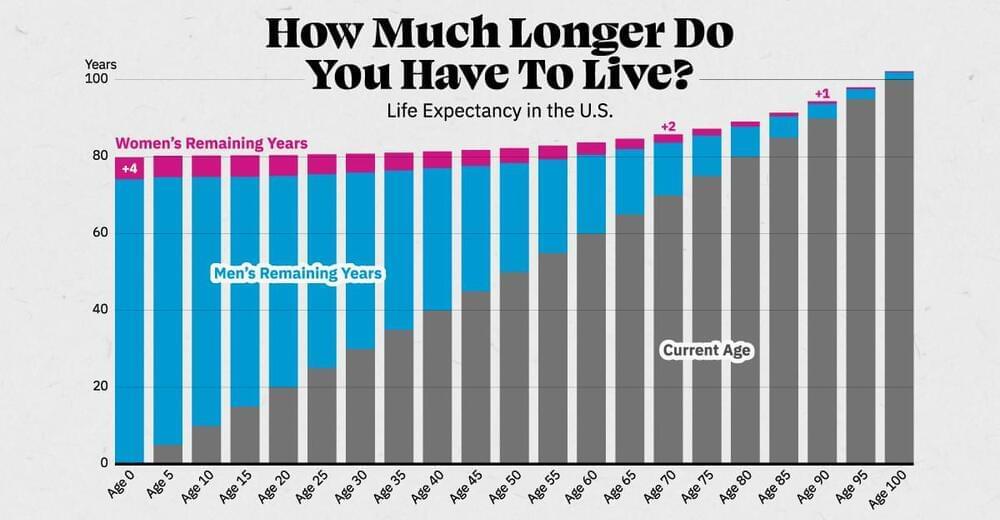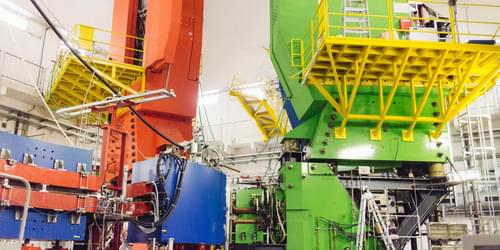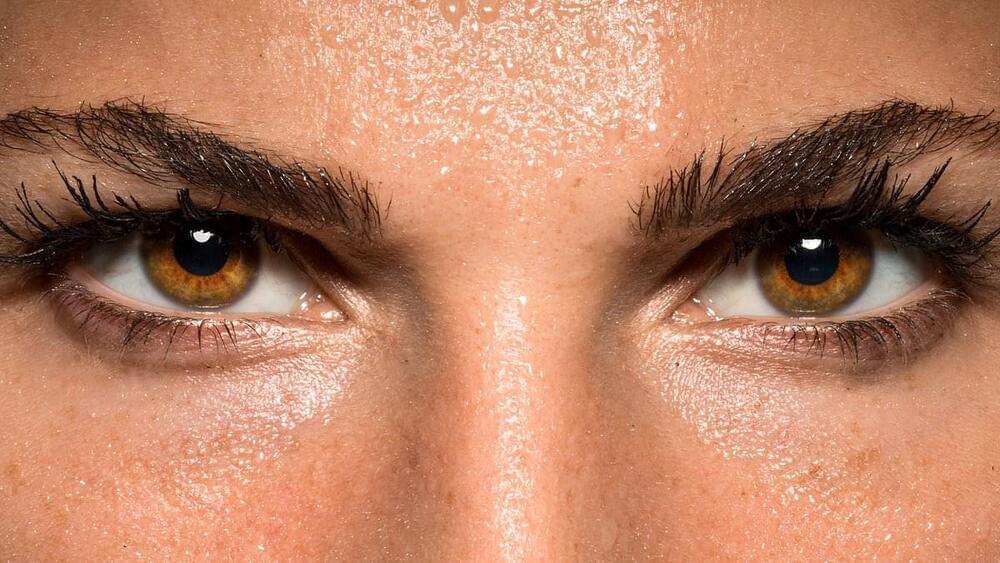Category: futurism – Page 399
AI-Powered Van Gogh Clone Wants To Talk With You About Life, And Death
At the end of a Vincent van Gogh exhibit at Musée D’Orsay, the artist himself awaits visitors, dressed in a dapper blue jacket and ready to answer their questions.
At the Musée D’Orsay, a digital version of the legendary painter has answers to your questions. Including why he committed suicide.
Robo-retailer? Watch GXO test ‘human-centric’ robot at SPANX warehouse
The operation cost for the Digit robot is reportedly estimated to be in the range of $10 to $12 per hour.
In a significant leap toward the future, humanoid robots are quietly but steadily becoming an integral part of our daily lives, taking on a myriad of tasks that were once solely the domain of living beings. From assisting with household chores to working alongside humans in professional settings, these machines are slowly reshaping how we live and work.
One of the largest logistics providers, GXO Logistics, has introduced another instance of humanoid robots in warehouse operations by deploying Agility Robotics’ Digit. The robot is undergoing a pilot testing program for logistics tasks at the SPANX facility in Flowery Branch, Georgia.
GODSPEED [Cartoon Pilot]
HELP US MAKE MORE! JOIN THE KICKSTARTER: https://www.kickstarter.com/projects/olanrogers/godspeed-the-seriesThank you to all the kickstarter supporters who h…




Why you can so often sense when someone is looking at you
Have you ever felt you were being watched? Almost everybody has. It’s a scientific phenomenon that is universal.
More than 80 per cent of women, and nearly three-quarters of men, questioned in Britain, the U. S. and Scandinavia, say they have experienced it — turning around to find someone staring at them, or looking at someone from behind who turned and looked back.
Numerous studies have proved that the sensation can be reproduced under rigorous laboratory conditions. Those who watch people for a living, such as private detectives and celebrity photographers, have no doubt it’s real. Professionals who use long-range lenses, including paparazzi and snipers, know the moment when the target senses their gaze and looks straight at them.
The Future of Gaming: StarEngine
Cloud Imperium Games, the developer of sci-fi epic Star Citizen, has released a breathtaking video showcasing the game engine’s capabilities.
Having entered pre-production in 2010, and first been made public in 2012, Star Citizen’s development is one of the longest-running of any game. It has generated both controversy and scepticism, due to this prolonged creation time, frequent delays, and the constant expansion of its scope, which has led some to question the feasibility of the project.
Despite these issues, the work-in-progress game has amassed a huge fanbase and unprecedented crowdfunding success. At half a billion dollars, it ranks as the highest crowdfunded video game and one of the highest-funded crowdfunding projects of any kind.